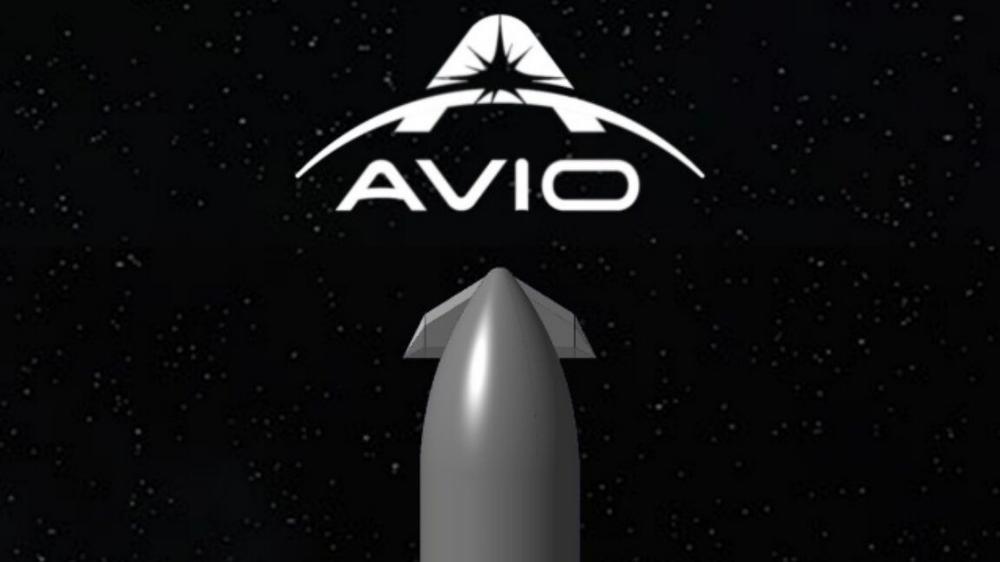The European Space Agency signed a contract Monday with Avio, the Italian company behind the small Vega rocket, to begin designing a reusable upper stage capable of flying into orbit, returning to Earth, and launching again.
This is a feat more difficult than recovering and reusing a rocket's booster stage, something European industry has also yet to accomplish. SpaceX's workhorse Falcon 9 rocket has a recoverable booster, and several companies in the United States, China, and Europe are trying to replicate SpaceX's success with the partially reusable Falcon 9.
While other rocket companies try to catch up with the Falcon 9, SpaceX has turned its research and development dollars toward Starship, an enormous fully reusable rocket more than 400 feet (120 meters) tall. Even SpaceX, buttressed by the deep pockets of one of the world's richest persons, has had trouble perfecting all the technologies required to make Starship work.
But SpaceX is making progress with Starship, so it's no surprise some other rocket builders want to copy it. The European Space Agency's contract with Avio is the latest example.
Preliminary design
ESA and Avio signed the deal, worth 40 million euros ($47 million), on the sidelines of the International Astronautical Congress in Sydney. In a statement, Avio said it will "define the requirements, system design, and enabling technologies needed to develop a demonstrator capable of safely returning to Earth and being reused in future missions."
At the end of the two-year contract, Avio will deliver a preliminary design for the reusable upper stage and the ground infrastructure needed to make it a reality. The preliminary design review is a milestone in the early phases of an aerospace project, typically occurring many years before completion. For example, Europe's flagship Ariane 6 rocket passed its preliminary design review in 2016, eight years before its first launch.
An artist's concept released by Avio and ESA shows what the reusable upper stage might look like. The vehicle bears an uncanny resemblance to SpaceX's Starship, with four flaps affixed to the top and the bottom. The reusable upper stage is mounted atop a booster stage akin to Avio's solid-fueled Vega rocket. Avio and ESA did not release any specifications on the size or performance of the launcher.
Avio is not the first company to reveal a rocket concept that so closely mimics Starship. A new design for China's super heavy-lift Long March 9 rocket appeared at a Chinese airshow last year. It also looks a lot like SpaceX's design, with flaps on the upper stage and 30 methane-fueled engines powering its first-stage booster.
Toni Tolker-Nielsen, head of ESA's space transportation department, said the contract with Avio "paves the way" for Europe's long-term future in space.
"An upper stage is the last part of a rocket that delivers a payload," he said in a statement. "Also called an orbital stage, these elements have, so far, never been reused. Europe has demonstrated the capability of all aspects of launching hardware to space and returning it safely to Earth, but putting it all together into a complete reusable upper stage that also launches payloads has the possibility to be a game-changer."
It's a game-changer, but it's not easy. European entities have faced delays in a far less ambitious program to perform low-altitude vertical takeoffs and landings with a rocket demonstrator similar in purpose to the reusable booster prototypes SpaceX flew more than a decade ago.
The Ariane 6 rocket, funded by European governments, will take the lion's share of Europe's space missions to orbit for the foreseeable future. But the Ariane 6 is a throwaway design, with all hardware expended after each flight. A few smaller rocket startups in Europe are looking at reusable boosters, and ESA officials have signaled the continent's next flagship rocket will have at least some element of reusability.
Most European leaders recognize that Ariane 6 will struggle to compete commercially with SpaceX, but they consider a homegrown launch capability a strategic imperative core to European sovereignty. In short, they're willing to pay a premium to launch European missions on European rockets. Ultimately, however, this will be a disadvantage for Europe in any future geopolitical competition or conflict.
Avio, once part of Italian automaker Fiat, has broken away from Europe's rocket establishment in the last few years to gain greater independence from the industrial consortium behind the Ariane 6 rocket. Avio supplies the solid rocket boosters for Ariane 6 and is the prime contract for the smaller Vega C rocket, which uses four stages (a somewhat antiquated design in modern rocketry) and can place a little more than 2 metric tons of payload into orbit.
But Avio recently won approval from ESA to begin operating and selling launches on its own Vega rocket. Avio was previously required to go through Arianespace, the 45-year-old French-headquartered company that markets and operates the Ariane rocket family.
"Our goal is to deliver high-performance solutions that enable higher launch frequency and more competitive costs for our customers," said Giulio Ranzo, Avio's CEO, in a statement.
ESA and Avio are partnering on an evolution of the Vega rocket called Vega E, which will replace the two uppermost stages on the Vega C with a single element powered by a new Italian-made methane/liquid oxygen engine. Avio, also buoyed by funding directly from the Italian government, is also developing a larger methane-fueled engine, the MR60, that could be used in a cluster configuration to power a future reusable launch vehicle.
These engines could be used on Avio's proposed reusable upper stage.
"We are excited to work on the reusable upper stage, leveraging on our parallel experiences in liquid oxygen-methane engines and stages as well as on the Space Rider reentry vehicle," Ranzo said in a statement. "We aim to create an advanced, lightweight, performance-efficient solution for our next-generation launchers to serve customers with higher flight rates and competitive costs."
Giorgio Tumino, ESA's chief technical advisor on space transportation, said the upper stage contract with Avio will support several possible future scenarios, including evolutions of the Vega family of rockets as well as "other newly defined fully reusable launch systems in Europe."

 Webb svela il cuore nascosto di Sagittarius B2, la fabbrica di stelle
Webb svela il cuore nascosto di Sagittarius B2, la fabbrica di stelle